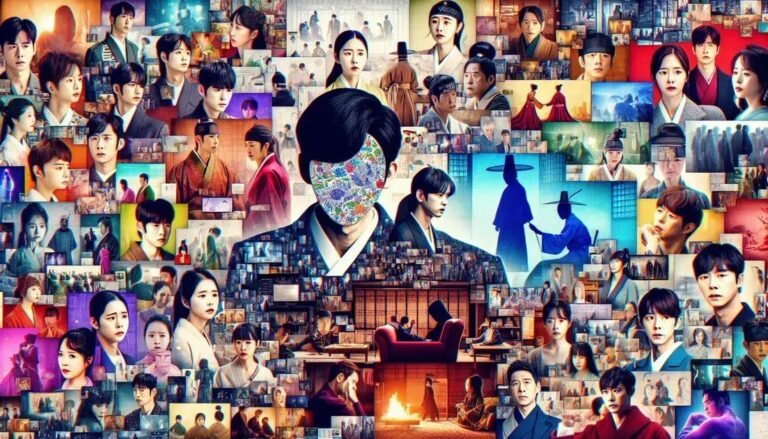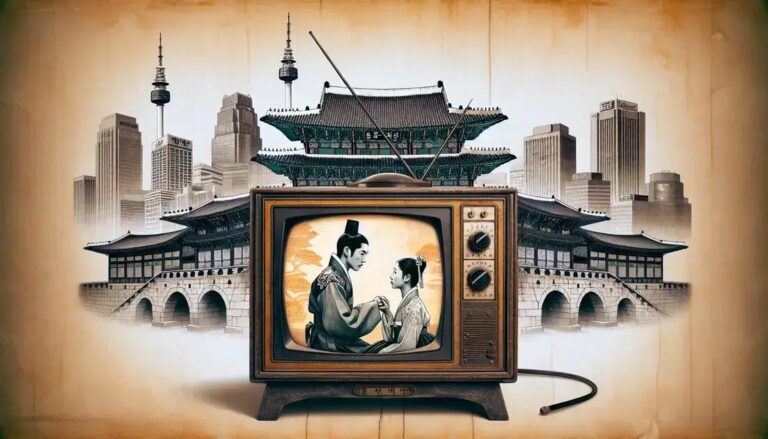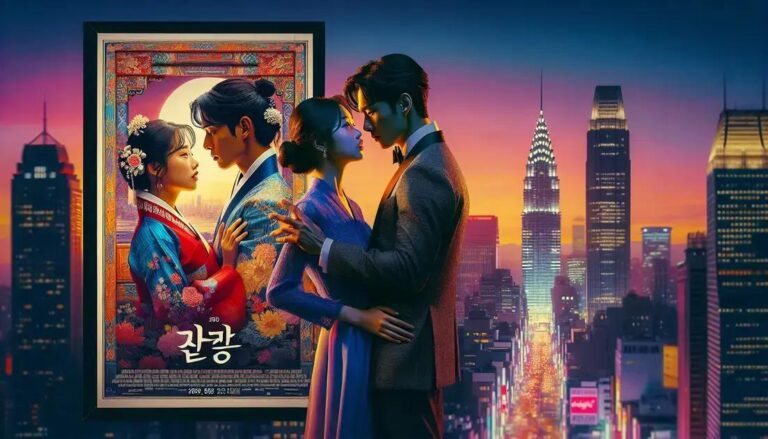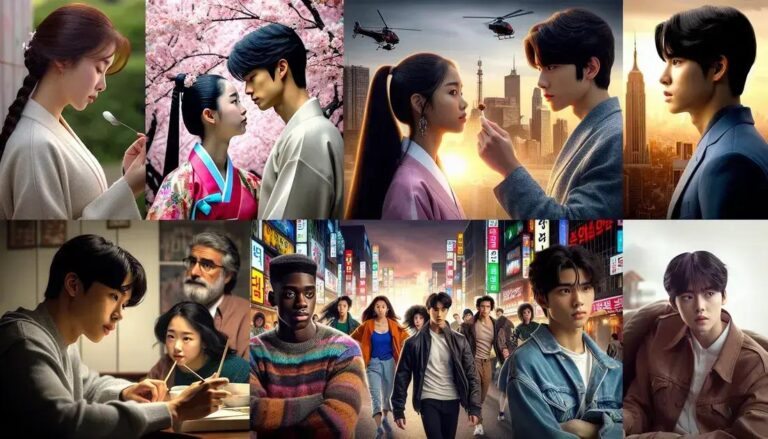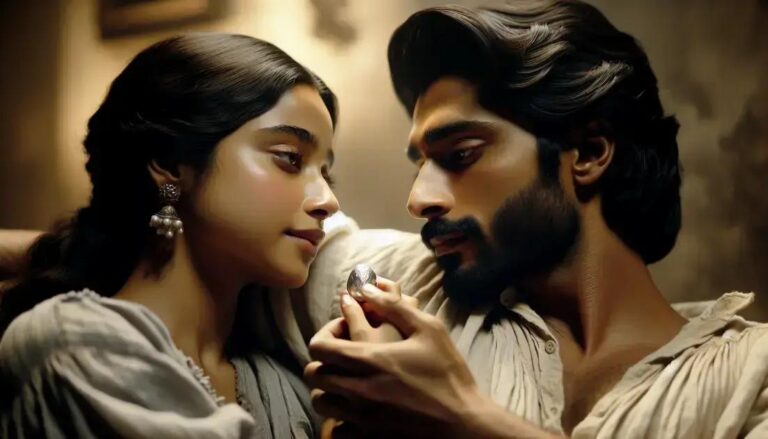Anúncios
If you’ve been a fan of dramas for years, you’ve surely noticed that a lot has changed — and for the better! Although classic dramas have a special place in our hearts, modern dramas have brought a fresh new take to the stories we love. Today, let’s dive into a comparison to see how this beloved world has evolved.
Storylines: From Simplicity to Complexity
Classic dramas like “Winter Sonata” (2002) and “Full House” (2004) featured simpler plots focused heavily on romantic clichés: forbidden love, dramatic love triangles, and endless misunderstandings. These elements still exist, but modern dramas have taken narrative complexity to a new level.
Today, we see stories that explore social issues, mental health, female empowerment, and societal critique, as in “It’s Okay to Not Be Okay” (2020) and “My Liberation Notes” (2022). Writers now dare to mix genres, blending romance with mystery, fantasy, and even science fiction.

Production and Aesthetics: Visual Evolution
The difference in production quality is striking. Older dramas often relied on artificial sets and exaggerated lighting. Now, with larger budgets and advanced technology, we enjoy stunning cinematography, real locations, and visuals that rival those of major films. Shows like “Crash Landing on You” (2019) and “Goblin” (2016) are perfect examples.
Attention to soundtracks, costumes, and set design has also become much more refined, creating a fully immersive experience for viewers.
Characters: From Stereotypes to Complex Beings
In the past, it was easy to spot the “cold bad boy” or the “sweet, innocent girl.” Nowadays, characters are much more realistic, full of nuances and vulnerabilities. They make mistakes, learn, and grow naturally.
Diversity is also slowly gaining space. We now see characters from different social backgrounds, psychological profiles, and even various nationalities, allowing for broader audience identification.
Romantic Relationships: More Respect and Equality
While older dramas often romanticized problematic behaviors like possessiveness and hierarchical dynamics, there’s now a stronger trend toward portraying healthier relationships built on respect, support, and mutual growth.
Couples in dramas like “Twenty-Five Twenty-One” (2022) and “Our Beloved Summer” (2021) showcase more realistic romances, where communication and understanding are as important as passion.
Accessibility and Popularity: From Hidden Gems to Global Domination
In the past, finding subtitled dramas was a real challenge for those who didn’t understand Korean or Japanese. Today, thanks to platforms like Netflix, Viki, and Disney+, dramas are available worldwide with quality subtitles and even simultaneous releases.
This global exposure has also led to international recognition: drama actors, writers, and directors are now being honored at global awards and even starring in international productions.
Conclusion: The Magic Continues
Despite all the changes, one thing remains the same: the ability of dramas to move, entertain, and deeply connect with audiences. Whether through classic dramas that warm our hearts with nostalgia or modern ones that surprise us with innovation and relevance, a drama binge is always an unforgettable journey.
And for you, what are your favorite classic and modern dramas? Share them in the comments!

